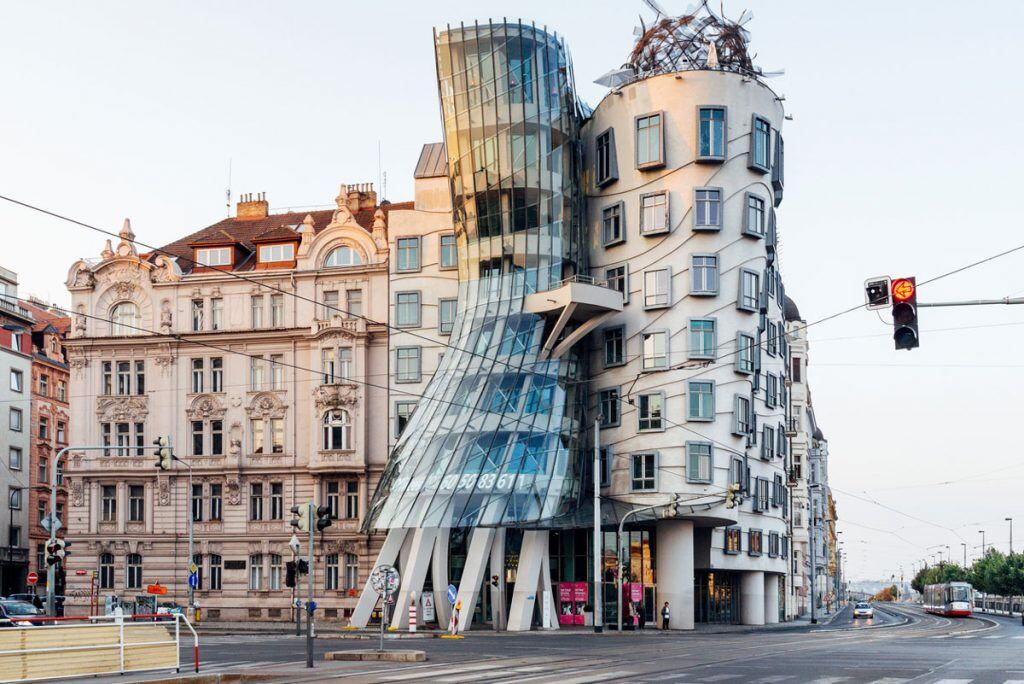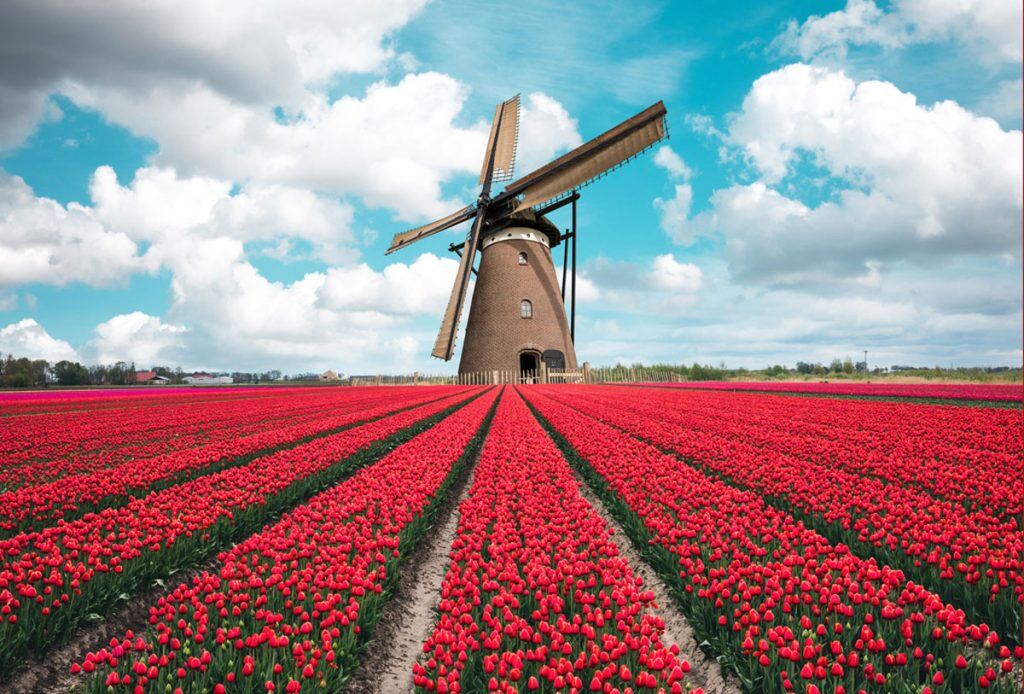Every trip is its own experience. A vacation to the Cyclades offers a sense of respite, while Tokyo’s Shinjuku district is neon lights and frantic energy. New York City is a feat of city planning and human activity, while a lakeside cabin is engulfed by natural surroundings.
Nothing captures a trip’s individuality better than architectural photography. It not only chronicles where you’ve been, but shows those places in ways only you can.
Seeing the trip through your eyes
We love snapping shots of famous landmarks. Paris has the Louvre, London Westminster Abbey, and Agra the Taj Mahal. Each is beautifully photogenic, but let’s not limit ourselves to the tourist sites.
Your weekend getaway photo book should include small, personal spots as well. Consider, for example, the lovely café serving local delicacies, the hotel with the beautiful interior garden, or the avant-garde office building that made you do a double-take.
It’s not just buildings, either. Bridges, boardwalks, fountains, windmills, monuments, lamp posts, arbors, and even trellises build the character of the places you visit.
Let the light guide you
Light is the essence of all good photography. Different types of lights will emphasize the space, shape, and atmosphere of architecture in distinctive ways.
Before shooting, explore how light conditions impact your subject. Move around it to get a sense of your options. If the light shines from the front, you may want a nice detail shot. From behind? Consider a silhouette.
Scout a location beforehand, and return at a specific time. The golden hour adds a warm softness to classical architecture, while modern buildings spring to electrified life at night.
If you don’t have much wiggle room in your schedule, embrace spontaneity and challenge yourself to get the best shot with what the environment provides.
Find your angle
A building as stunning as, say, Prague’s Dancing House looks great straight on. But seemingly mundane buildings can become awe-inspiring if shot from a fresh angle.

A low angle makes skyscrapers feel domineering. A reflective lake can offer a fuller picture of a waterwheel’s relation to its environment. And a high angle can reveal architecture’s hidden qualities. For example, the Museum of Pop Culture in Seattle is shaped like a broken guitar, but it requires a bird’s-eye view from the nearby Space Needle to notice this fact.
Consider your angle of approach while scouting out the light conditions. The best vantage may not be the most obvious, so don’t be afraid to explore every possibility.
Frame the building
Finding novel ways to frame architecture can provide rich viewing experiences. Here are some ideas to get you started:
Leading lines: Use lines within the frame to draw attention to your subject. Railroad tracks trace a path in the direction you point the camera, leading the viewer’s eye to that fabulous train station. Hallways push our attention into the background, while escalators direct the eye up or down accordingly.
Rule of thirds: The rule of thirds asks photographers to put the subject off-center along the point where two lines intersect on an invisible grid. Placing your subject at the point of intersection adds context by incorporating the surrounding area.
Look for symmetry: Symmetry is incredibly pleasing, so keep an eye out. It can be found in the intricate designs of a famous opera hall or the simple duality of a library’s bookshelves.
Frame architecture within architecture: Try using surrounding buildings as framing devices. Capture the funhouse-like distortion of one building reflected in another. You can even use a part of the building to frame yourself for a unique selfie.
Architecture is indoors, too
Architectural photography is more than outside shots of buildings. Architects add pleasant designs and surprises inside their creations.
Obvious examples include the gorgeous art found in the churches like the Sistine Chapel and Hagia Sophia, but wonderful patterns and symmetrical designs abound in modern architecture as well.
Many of the same rules apply inside. Look for unique angles, frame your shots, and let the light guide you. If the inside lighting isn’t the most luminous, try shooting with HDR to compensate.

Get in close
A building is a whole consisting of a myriad of individual details. Zoom in on these details to give a fuller account of your relationship with the architecture.
Isolate and frame the beautiful detail work of a ceramic tile. Look up and snap some shots of those ornate corbels. Even a tiny herb poking its way through a rock can alter the way we look at an ancient ruin or downtown brick wall.
Keep the camera stable
Architectural photography is all about the details. The more the camera shakes, the more likely those details will be lost beneath a varnish of blur. To compensate, keep your camera steady.
A tripod will be your best friend here. If you don’t have one handy, be prepared to lie down, lean against a wall, or perform whatever contortionist act you can to steady yourself. Silly looking? Potentially. Worth it for a great shot? Absolutely.
Architecture without people
There is a school of thought that architectural photography should never, ever include people. While there’s a place for photos admiring such beauty in isolation, we think there’s plenty of room for friends and family in the frame, too.
Feel free to snap shots of people relating to the architecture on your trip. It can be capturing the joy of visiting a famous place, the relaxation of a beachfront cabin, or the architectural playfulness of Las Vegas. The faces of your friends and family help tell your trip’s stories.

Build a series
If you return to a favorite vacation spot year after year, consider building a photo series chronicling how the aura of the architecture evolves.
Pick a favorite building or location and explore how weather conditions, the seasons, or time of day affect its vibrancy and energy. You can also take the same shot every year you visit to see how the world around it evolves.
Building a series adds new layers of understanding of how architecture fits in with the community and environment you find it in.
Edit for atmosphere
Don’t fret if a trip photo doesn’t turn out perfect. Some post-process editing can make a less-than-ideal photo look professional.
When editing, consider the atmosphere you want to create. The serenity of a sunset will be bolstered by upping those warm colors. The skyline of a city will really pop against a brilliant blue sky, while black-and-white adds a timeless quality.
Create a trip photo book
Architectural photography gives you the opportunity to explore how architecture imbues a place with uniqueness, allowing that sense of place to live beyond your trip.
After gathering your trip photos, we recommend including them in a professional photo book. Motif pairs state-of-the-art printers with high-quality resources to ensure your photos look their best and are preserved in binding that lasts forever.
With a Motif photo book, you can share your experiences with friends and family and revisit the architecture that made your trip such a wonderful experience time and again.













